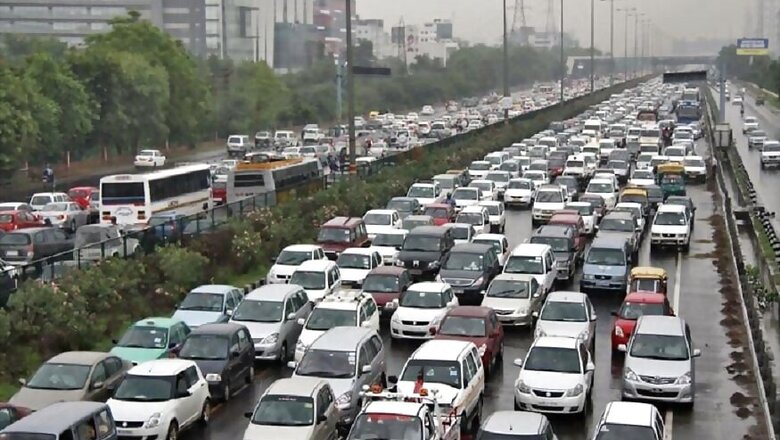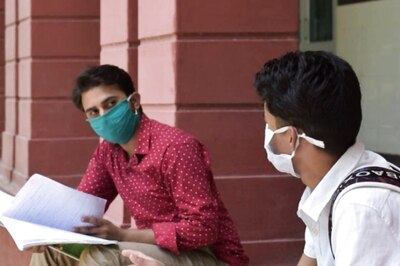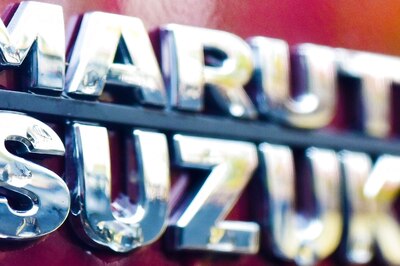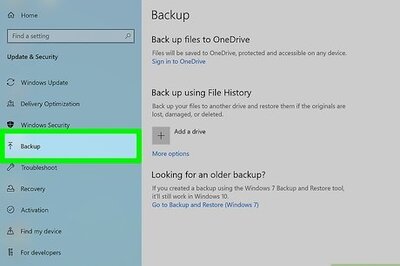
views
New Delhi: The daily commute to work across Indian cities has been getting longer. Almost everyone will agree that road congestion in this country has been increasing as the time taken to travel the same distance keeps moving northwards. This is true for daily office commute, longer journeys by road and also for inter-state travel.
Why are our roads clogging up? A close look at government data for the number of vehicles (commercial as well as those bought for personal use) tells us that more and more vehicles are being added to the roads, with nowhere nearly enough growth in the road network.
India’s road network (including national highways etc) has grown by just about a third in the last decade whereas vehicle registrations have increased by almost three times.
Thus, vehicle density is increasing at a much faster pace than road length - obviously, congestion will be higher.
Let us look at the latest data first. In January 2019, more than a million-and-half (1,607,315) new vehicles were bought and registered with various regional transport offices across the country. That comes to an average of more than 51,000 new vehicles bought across India, every single day of January.
This mind-boggling number shows that Indian roads will continue to get more congested with each passing month, as people buy new cars, scooters and bikes (also new commercial vehicles like taxis and trucks) without necessarily junking older vehicles. Growth in the country’s road network continues to lag vehicle population by a wide margin.
According to government data, Uttar Pradesh accounted for (265,550 vehicles) almost every sixth vehicle bought and registered across the country (government data tracks registrations across 30 states) this January. Together, Maharashtra, Tamil Nadu and UP saw 6,77,915 vehicles registered in January. These three states accounted for almost 4 in 10 vehicles registered across the country last month.
An overwhelming 74% of the vehicles or three in four were two wheelers (11,87,998) and more than 80% of the total vehicles bought were petrol driven. This frenzied buying of new vehicles provided the government a neat sum: Rs 40,72,88,37,931 (over Rs 40 billion) in revenue in a single month as registration and other fees.
Not just in January, vehicle buying has been on an alarming rise in India through the last decade as well. Government data from the vahan database show that between January 1 2008 and December 31 of the same year, more than 6.7 million (6,733,780) vehicles were registered with various RTOs across the country. But in the same 12-month period a decade later (in 2018), almost three times more vehicles were registered – almost 19.8 million (19,784,760).
On an average, Indians bought nearly 54,000 vehicles each day of calendar 2018 against just about 18,000 a day, a decade back.
And according to latest data from the Ministry of Road Transport and Highways (data till 2016), there were 230 million registered vehicles in India as on March 31, 2016. The total number of registered motor vehicles grew at a compounded annual growth rate (CAGR) of 9.9% between the 2006 and 2016 decade.
Among different category of vehicles, highest CAGR of 10.1% each were recorded by two-wheelers and cars, jeeps and taxis. Goods vehicles and buses recorded CAGR of 9% and 5.9% respectively.
Composition of vehicular population in 2016 showed the highest share of two-wheelers (73.5%) followed by cars, jeeps and taxis (13.1%), other vehicles (8.1%), goods vehicle (4.6%) and buses (0.8%).
How has India’s road network developed all this while, when vehicle registrations were going up exponentially, year on year? Well, latest data show India has 5.5 million kilometers of road network now, up from just about 4.1 million km in 2008. That’s an increase of about 34% or about 1.4 million km in 10 years.
While, India’s road network (including national highways etc) grew by just about a third in the last decade, vehicle registrations have increased by almost three times.
This single statistic should reveal why Indian roads are getting more congested with each passing month and why policymakers need to worry about consequences of this increased congestion: increased vehicular pollution, increase in the number of road accidents and a monumental wastage of money as well as time spent commuting daily.
Why it has become critical to accelerate the pace of development of India’s road network is also evident from this statistic.
Our 5.5 million km road network transports 64.5% or two thirds of all goods in the country and 90% of India’s total passenger traffic uses this road network to commute. Remember, the Railways account for just a third of the total freight traffic moving about within India. And despite this near complete dependence on roads for India’s inter and intra city passenger commute, an overwhelming 95% of the existing road network is neither a state nor a national highway.
The government itself has acknowledged that congestion on roads has been increasing.
In the ‘Accident on Indian Roads – 2017’ report, the MoRTH has said “Vehicular composition and pattern of category-wise growth rates have revealed the preference of road-users for personalized means of transport (cars and two-wheelers) over the public road transport. The increase in personalized means of transport and decline in share of public transport have significant implications on traffic congestion and safety. Vehicle density expressed in number of vehicles per kilometer of road length has increased from 28 vehicles in 2010 to 41 in 2016. This is indicative of the growing road traffic congestion in the country (for lack of a more appropriate data, i.e., vehicles on roads).”
What the above suggests is that vehicle density was up by about 50% in the six years to 2016.
A study by the Boston Consulting Group (BCG) in April last year estimated that severe road congestion in the four big cities of Delhi, Mumbai, Kolkata and Bengaluru added up to $22 billion in congestion costs.
On its part, the government has been making efforts to improve road connectivity. Since 2014, when the present NDA government came to power at the Centre, the construction of national highways has been prioritised. But there is still an almost insurmountable gap between the road network available and the speed with which new vehicles are being added to our roads.
Besides, the government is not doing enough to either offer citizens viable public transport and/or to disincentivise buying of new vehicles for personal transportation. The BCG study said only about a fifth of the total km travelled in Delhi and a little more than half the distance travelled in Mumbai were on public transport.
(The author is a senior journalist. Views are personal)



















Comments
0 comment